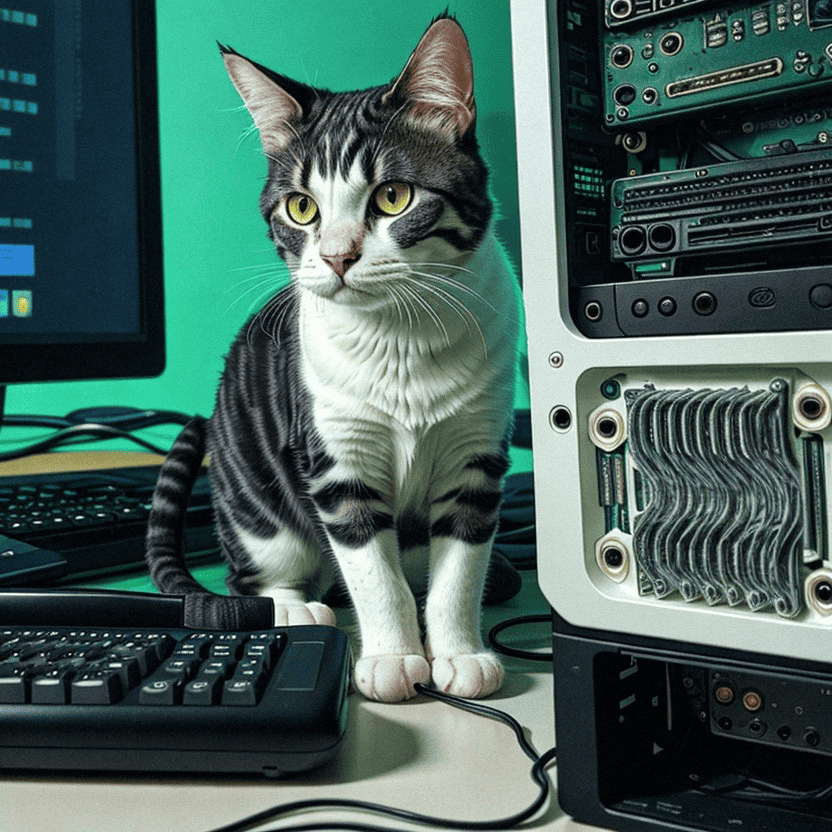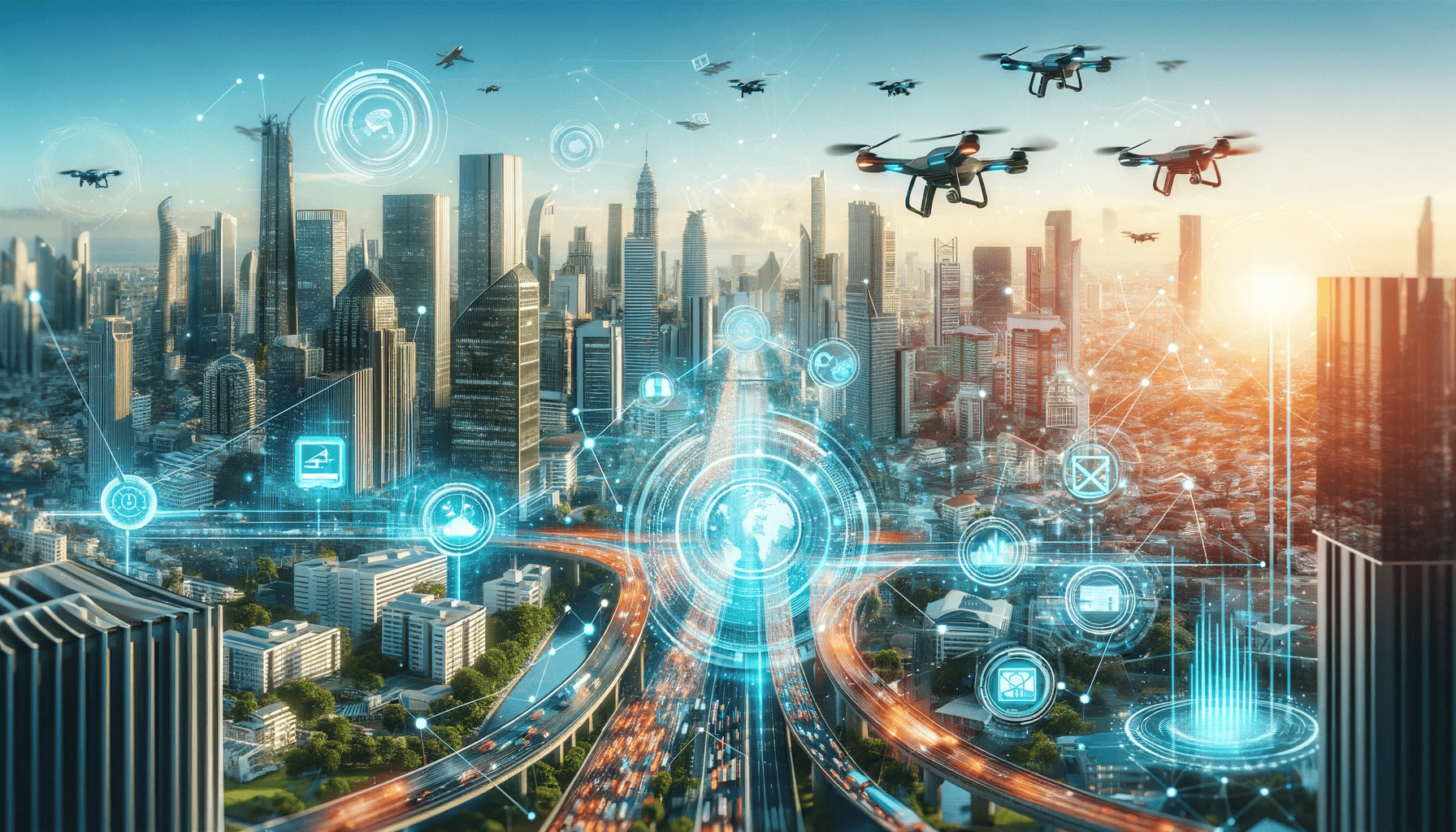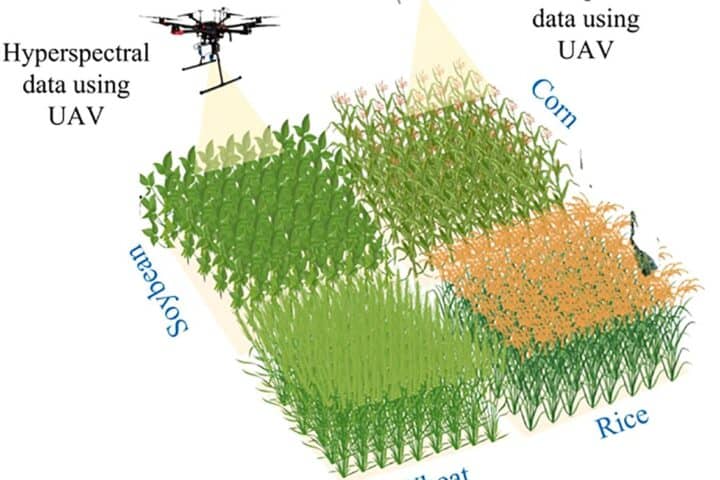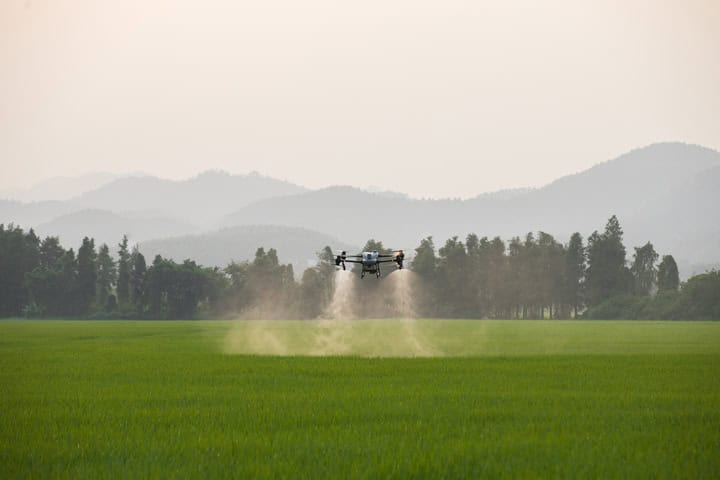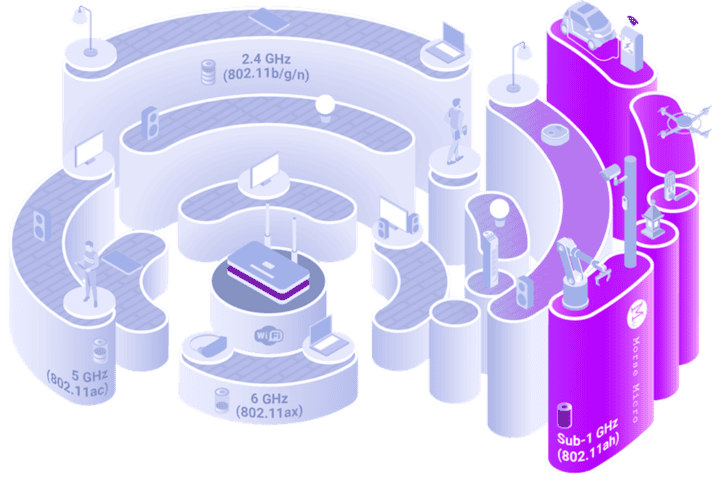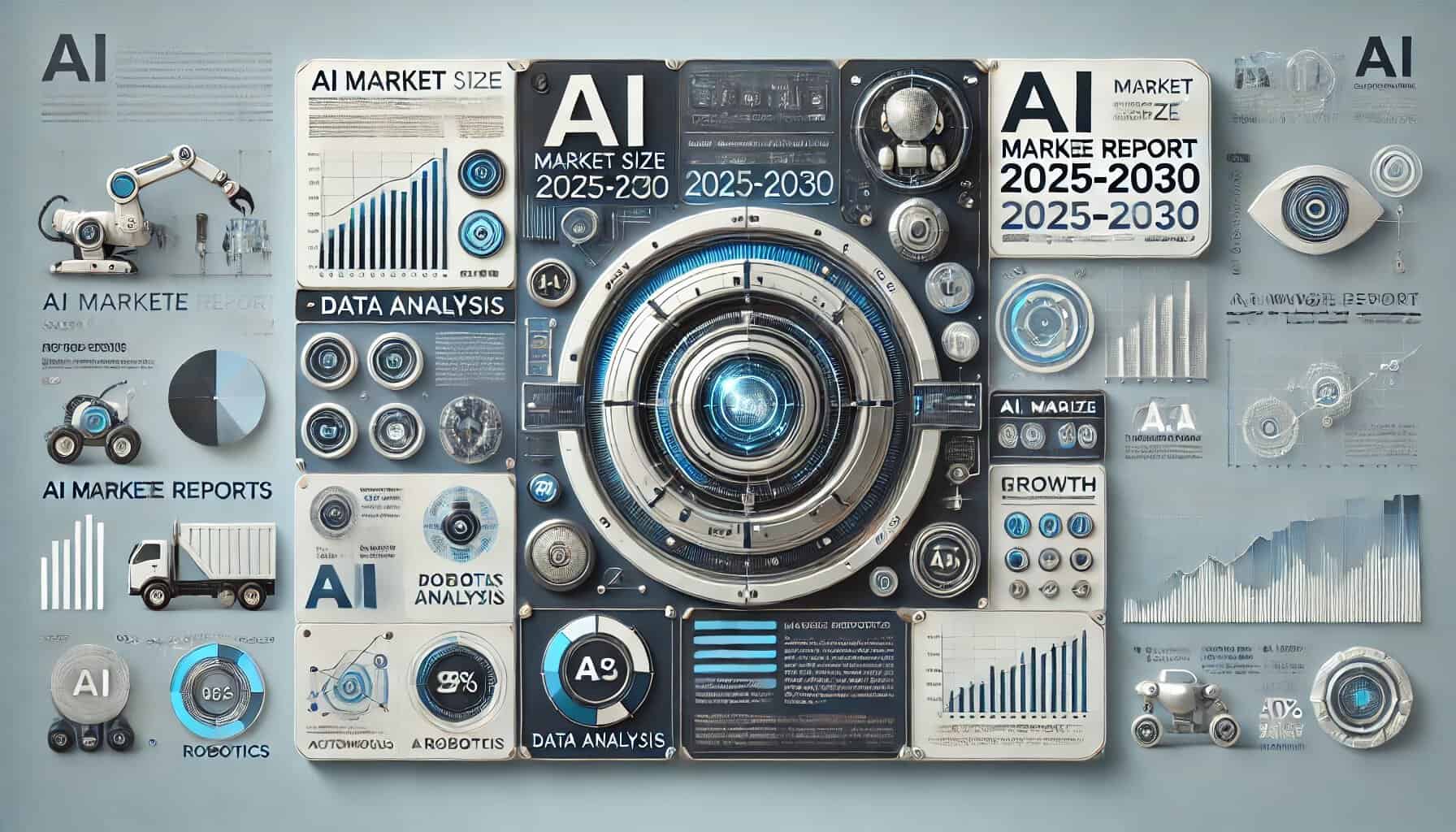The realms of the Internet of Things (IoT) and smart city development are converging in 2024, with several key trends shaping the future of urban living and technology. This article explores these trends and their implications for smart cities, drawing insights from various articles on Smart City Consultant. Another 2 weeks coming to an end!
5G Integration: The Catalyst for IoT Acceleration
The integration of 5G technology is a game-changer for IoT, enabling faster, more reliable connections for a myriad of devices. This is particularly significant in smart cities, where 5G can enhance everything from traffic management to public safety systems. For a deeper understanding, explore how 5G is transforming IoT in smart cities in our article on 5G integration.
Shifting Transportation Landscape in Urban Areas
In 2024, the transportation sector in urban areas is undergoing significant changes. Innovations in electric and autonomous vehicles, as well as changes in public transportation, are reshaping how people move around cities. The challenges and advancements in this sector are detailed in our piece about the Raleigh-Durham International Airport’s electric bus plan.
Emphasis on Climate Change Initiatives
Cities are increasingly focusing on combating climate change through sustainable practices and technologies. This includes the integration of renewable energy sources, green building practices, and the promotion of eco-friendly urban policies. Our article on urban agriculture delves into one such initiative.
Adoption of Innovative Policies and Technologies
The year 2024 sees a surge in the adoption of innovative technologies and policies aimed at improving urban life. This includes advancements in digital twins, IoT applications in public services, and smart city governance. For insights into digital twins and their importance to IoT, read our article on Digital Twins in Smart Cities.
IoT’s Growing Role in Smart Homes and Industry
IoT’s influence is expanding beyond just urban infrastructure to include smart homes and industrial applications. This trend is leading to smarter, more efficient living and working environments. Our exploration of smart city technologies provides further insight into this area.
In the next generation of this article, we will delve deeper into each of these trends, examining their impact on the urban landscape and how they are shaping the future of smart cities.
The Evolution of Smart City Mobility and Transportation
Electric and Autonomous Vehicles: A New Era of Urban Transport
2024 marks a significant shift towards electric and autonomous vehicles in city transportation systems. This change promises to reduce urban pollution and enhance traffic efficiency. The transition, however, is not without challenges. Insights into the obstacles and solutions in implementing these technologies can be found in our article on the electric bus plan at Raleigh-Durham International Airport, which highlights the complexities involved in modernizing city transport.
Innovations in Public Transportation
Public transportation is also seeing a wave of innovation, with smart technologies being integrated into buses, trains, and metro systems. These advancements are making public transit more efficient, reliable, and user-friendly. For a closer look at such innovations, read about the USA’s heavy-duty electric trucks, which are setting new standards in urban freight transport.
Smart Cities Tackling Climate Change
Sustainable Urban Development
In response to the growing urgency of climate change, smart cities in 2024 are prioritizing sustainable urban development. This includes adopting green building practices, increasing green spaces, and integrating renewable energy sources. Our coverage of USA’s new buildings losing utility subsidies for using natural gas offers an example of how policy changes are encouraging more sustainable building practices.
Urban Agriculture and Green Initiatives
Urban agriculture is emerging as a key component of sustainable city living. It not only provides fresh, local produce but also contributes to green spaces and biodiversity. For more on this, see our framework on scaling up urban agriculture.
The Role of Innovative Technologies in Smart Cities
Digital Twins and IoT Integration
Digital twins are revolutionizing how cities manage their infrastructure and services. By creating virtual replicas of physical assets, city planners can optimize operations, predict maintenance needs, and enhance urban planning. Our article on digital twins dives deep into their role in IoT and urban management.
Smart City Governance and Technologies
2024 sees an increased adoption of smart technologies in city governance. This includes the use of AI, blockchain, and IoT to streamline administrative processes and enhance public services. For a deeper understanding of these technologies, explore our editor’s piece on smart city concepts.
Expanding IoT in Smart Homes and Industrial Applications
Smart Homes: Enhancing Living Environments
In 2024, IoT’s penetration into smart homes is creating more efficient, secure, and comfortable living spaces. Smart home devices are increasingly interconnected, offering residents unprecedented control over their home environments. For a detailed exploration of these technologies, refer to our article on smart city technology evolution, which includes insights into smart home advancements.
IoT’s Role in Industry 4.0
Industrial applications of IoT are also witnessing significant growth. In manufacturing, logistics, and other sectors, IoT is driving efficiency, enhancing safety, and enabling predictive maintenance. The article on Siemens and AWS democratizing generative AI in software development provides a glimpse into how IoT is transforming industrial operations.
The Future of Urban Living: Smart Cities and IoT Synergy
Advanced Connectivity and IoT Devices
The synergy between smart cities and IoT is largely driven by advanced connectivity solutions like 5G, which facilitate rapid and reliable data transfer. This enhanced connectivity is crucial for real-time data analysis and decision-making in urban environments. Learn more about this in our detailed piece on 5G as the catalyst for IoT acceleration.
Data-Driven Urban Planning and Management
IoT enables data-driven approaches to urban planning and management. By leveraging data from various sources, city administrators can make informed decisions about infrastructure development, traffic management, and public safety. Our article on Glasgow’s plan to become Europe’s largest IoT innovation hub provides an excellent example of this trend.
Concluding Thoughts: The Road Ahead for Smart Cities and IoT
The convergence of IoT and smart city initiatives in 2024 represents a transformative phase in urban development. By harnessing the power of advanced technologies, cities are becoming more efficient, sustainable, and livable. As these trends continue to evolve, they offer a glimpse into a future where technology and urban life are seamlessly integrated for the betterment of society.
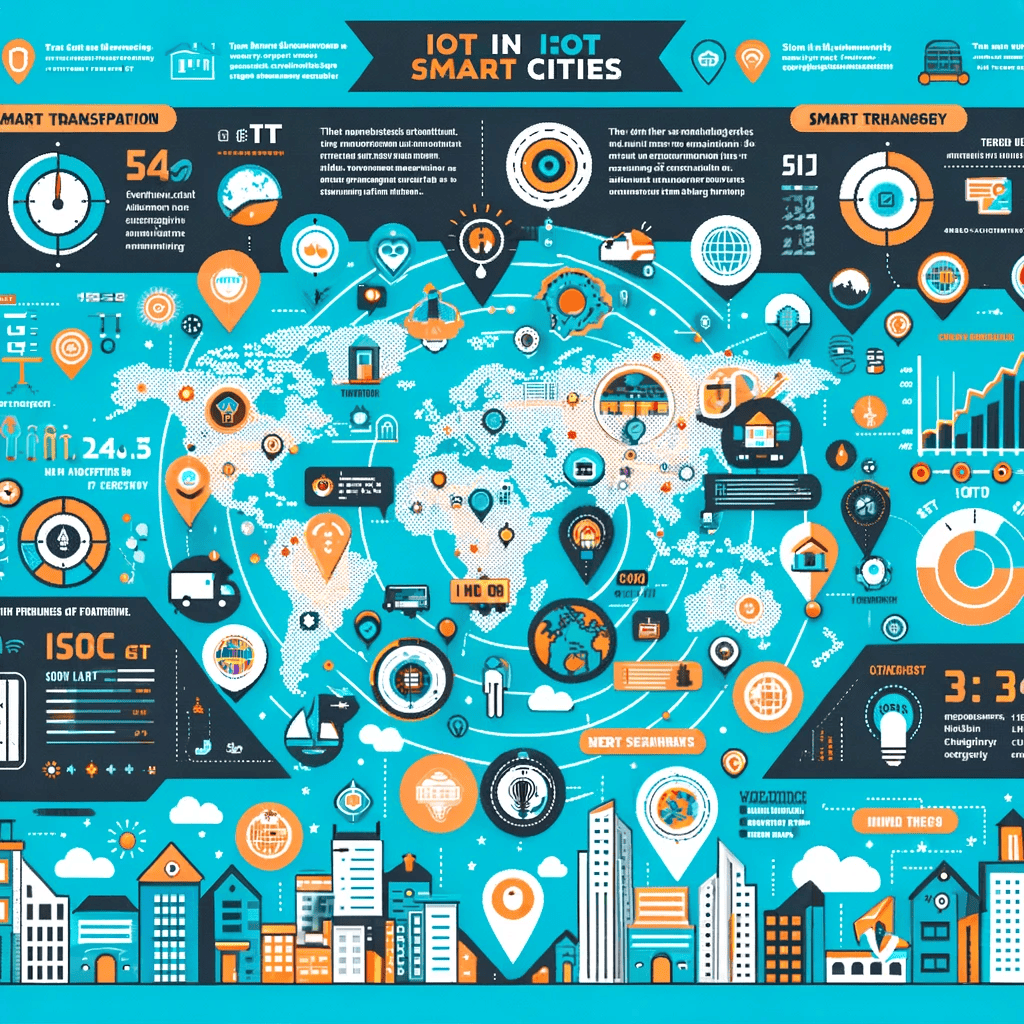
Enhancing Public Services Through IoT
Smart Public Safety Solutions
IoT technologies are increasingly being used to enhance public safety in smart cities. From advanced surveillance systems to emergency response mechanisms, IoT devices are helping to create safer urban environments. An example of this can be seen in our discussion on L.A.’s mission to electrify transportation by the 2028 Olympics, showcasing how technology is leveraged for public safety and mobility.
IoT for Efficient Waste Management
Smart cities are also utilizing IoT for efficient waste management. Sensor-equipped bins and waste collection vehicles are enabling more effective trash collection and recycling processes. For insights into how IoT contributes to urban efficiency, read our article on Shreveport’s innovative approach using blockchain, WiFi, and community partnerships.
Pioneering Sustainable Energy Solutions
Renewable Energy Integration
IoT is playing a crucial role in integrating renewable energy sources into urban power grids. Smart meters and grid management systems are ensuring efficient energy distribution and consumption. The USA’s boost in uranium supply for advanced nuclear reactors provides a perspective on the evolving energy landscape in smart cities.
Innovations in Green Technology
Innovations in green technology, supported by IoT, are aiding cities in achieving their sustainability goals. This includes advancements in energy-efficient building materials and low-carbon transportation. Our coverage of buildings reducing energy intensity highlights such innovations.
The Rise of Autonomous and Smart Agriculture
Autonomous Farming Technologies
IoT is transforming agriculture with the advent of autonomous farming technologies. Drones, AI-driven tractors, and IoT sensors are revolutionizing how farming is done, even in urban settings. The potential of these technologies is further explored in our article on autonomous farming’s high-performance 3D vision sensors.
Urban Farming and Vertical Agriculture
Urban farming and vertical agriculture are gaining momentum, supported by IoT innovations. These practices not only provide fresh produce but also contribute to urban sustainability. Learn more about this in our feature on Bustanica’s vertical farm preparing for COP28.
The Impact of IoT on Healthcare in Smart Cities
IoT-Enabled Health Monitoring Systems
In 2024, IoT is revolutionizing healthcare in smart cities through advanced health monitoring systems. Wearables and home monitoring devices are allowing for real-time patient data collection and analysis. For more on IoT’s impact on healthcare, consider our article on machine learning in identifying green energy materials, which discusses technological advancements that parallel those in healthcare.
Smart Hospitals and Remote Care
Smart hospitals are leveraging IoT to improve patient care and hospital management. Additionally, IoT is enabling effective remote care solutions, reducing the need for hospital visits. Insights into the technological advancements in this field can be found in our exploration of edge computing and its significance.
Embracing IoT in Education and Learning
Interactive Learning Environments
IoT is transforming education in smart cities by creating interactive and personalized learning environments. Smart classrooms equipped with IoT devices are enhancing the educational experience for students. Our article on San Antonio’s smart city sandbox letting residents play with technology offers a glimpse into how interactive technologies are being applied in educational settings.
Enhancing Campus Safety and Efficiency
IoT is also being used to enhance safety and efficiency on educational campuses. From smart lighting to security systems, IoT contributes to creating a safe and conducive learning environment. Learn more about this in our discussion on IoT vulnerabilities in Bosch smart thermostats, which highlights the importance of secure IoT implementations.
Conclusion: The Future is Smart and Connected
The integration of IoT in various aspects of smart cities is not just transforming urban landscapes but also reshaping the way we live, work, and interact. From enhancing public services to revolutionizing healthcare and education, IoT stands at the forefront of this change. As these technologies continue to evolve, they promise a future where smart, connected cities offer unparalleled efficiency, sustainability, and quality of life.


